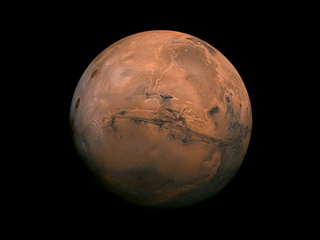Yesterday, I had the privilege of leading the Geology Theme for our mission. Our plan for the day involved a combination of remote science activities and hands-on contact science. We began with 1.5 hours of targeted remote science, focusing on ChemCam and Mastcam observations of the targets “Winnipeg,” “Alma,” and “Blackjack.”
The target “Winnipeg” is located in the Murray formation, and we planned to assess it further using MAHLI and APXS. “Alma” was chosen to characterize the composition across the Murray-Stimson contact, while “Blackjack” is a resistant ledge within the Murray formation. We also planned to collect Mastcam mosaics to document the Murray-Stimson contact and assess local structure and stratification, as well as a Mastcam tau to measure atmospheric opacity.
In the afternoon, our focus shifted to contact science. We planned to acquire several MAHLI images of the “Sacajawea” target to investigate a resistant ledge. We also planned to use the DRT to brush off dust on “Winnipeg” and capture close-up MAHLI images to examine grain size variations. Overnight, we scheduled APXS usage to investigate the composition of “Winnipeg.”
Overall, our plan for the day involved a combination of remote observations and hands-on contact science activities aimed at gathering valuable data about the geology of this region.


